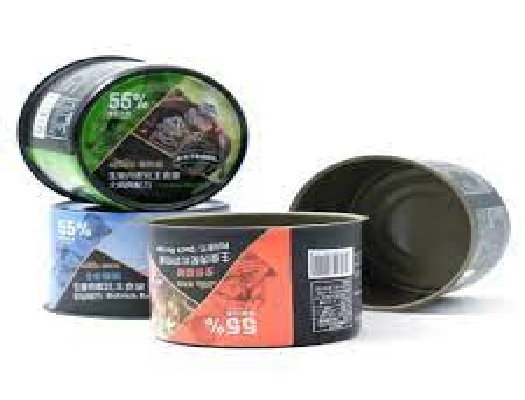Introduction
In the realm of food packaging, tin cans have long been a staple, preserving and protecting our favorite edibles for decades. While consumers often appreciate the convenience and durability of tin cans, the fluctuating prices of these containers play a crucial role in the economics of the food industry. In this article, we delve into the factors influencing food tin can prices and explore the dynamics that shape their cost.
Raw Material Costs
One of the primary contributors to the food tin cans price is the cost of raw materials. Tinplate, a thin steel sheet coated with a layer of tin, is the main component. The prices of steel and tin are subject to market fluctuations, influenced by factors such as global demand, supply chain disruptions, and geopolitical events. Fluctuations in raw material costs can directly impact the overall production cost of tin cans, subsequently influencing the final price that consumers pay.
Manufacturing Processes
The intricate process of transforming raw materials into the familiar cylindrical tin cans contributes significantly to their price. From shaping the tinplate into cans to coating, printing, and sealing, each step involves specialized machinery and skilled labor. Technological advancements in manufacturing processes can affect efficiency and costs. Investments in automation and sustainable practices may lead to cost savings, potentially stabilizing or reducing the price of food tin cans over time.
Packaging Design and Innovation
In the competitive food industry, packaging design plays a crucial role in attracting consumers. Manufacturers invest in innovative designs, easy-open features, and eye-catching graphics to make their products stand out on the shelves. While these enhancements add value to the consumer, they also contribute to the overall cost of the tin can. Balancing aesthetic appeal with cost-effectiveness is a constant challenge for food producers aiming to provide both quality packaging and affordable products.
Environmental Considerations
With growing awareness of environmental issues, the food industry is under increasing pressure to adopt sustainable practices. This shift towards eco-friendly packaging alternatives and recyclability introduces additional considerations in the pricing of food tin cans. Investments in environmentally responsible materials and processes may initially increase production costs but can be viewed as a strategic move to meet consumer preferences and comply with evolving regulations.
Market Competition and Demand
The law of supply and demand plays a fundamental role in determining the price of food tin cans. As demand for canned goods fluctuates, manufacturers adjust production volumes, impacting economies of scale. Intense competition among packaging suppliers also influences prices. In a competitive market, suppliers may strive to offer cost-effective solutions to attract business, potentially leading to lower prices for food tin cans.
Global Economic Factors
Global economic conditions, including inflation rates, currency exchange rates, and trade policies, can indirectly affect the price of food tin cans. Changes in these factors may impact the overall cost of doing business for manufacturers, influencing their pricing strategies. Understanding and adapting to these broader economic trends is crucial for both producers and consumers in anticipating and navigating potential price fluctuations.
Conclusion
The pricing of food tin cans is a multifaceted equation shaped by raw material costs, manufacturing processes, packaging design, environmental considerations, market competition, and global economic factors. As consumers, understanding these dynamics provides insight into the economics behind the products we purchase. While price fluctuations are inevitable, the ongoing efforts of the food industry to balance innovation, sustainability, and affordability demonstrate a commitment to meeting consumer demands in an ever-evolving market.


